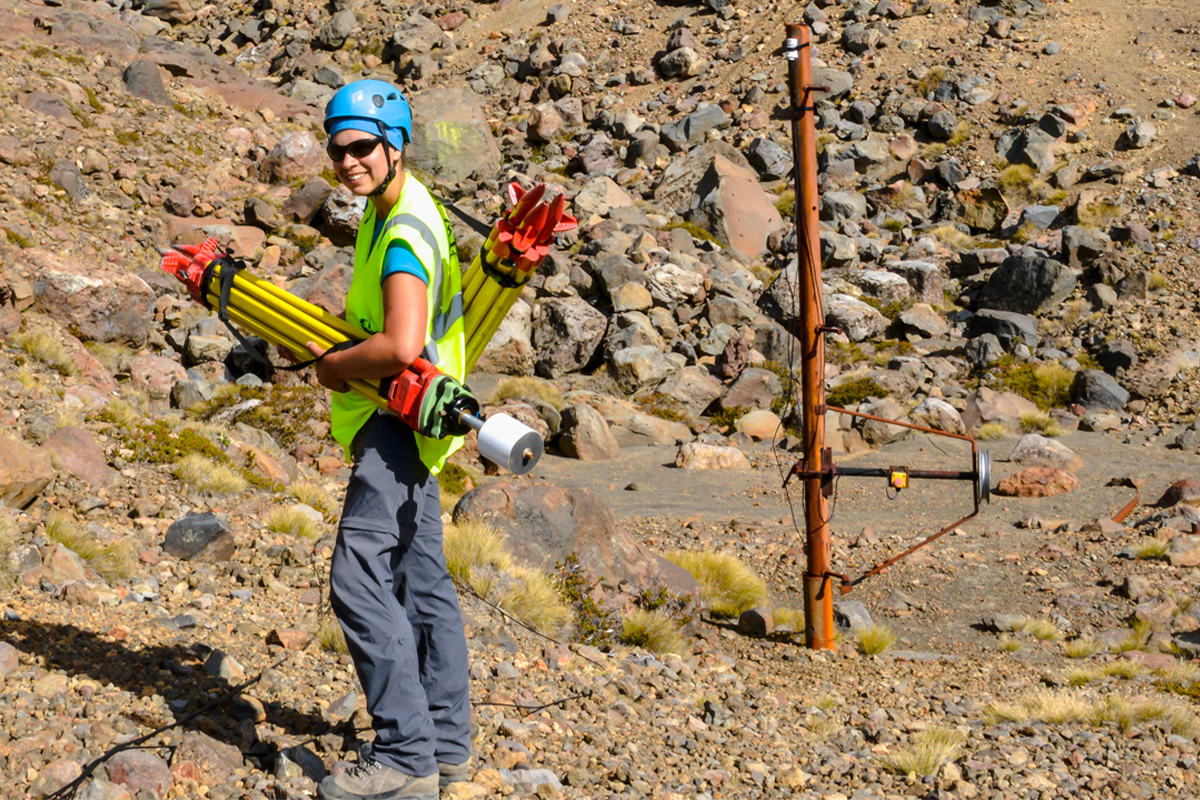All Categories
Featured
Table of Contents
Airborne Geophysical Survey in Lakes Western Australia 2020
Connect with MBA programs looking for candidates like you. Study. Connect with master's programs around the country to get an edge over the competitors.

A geophysicist research studies various elements of the earth. According to the U.S. Geological Study, they study gravity, magnetic, electrical, and seismic activity events. Geophysicists also document, assess, and take measurements of geographical functions and abnormalities. Enjoy a video to discover what a geophysicist: Geophysicists should make a minimum of a bachelor's degree; nevertheless, this is for an entry-level position.
Advanced degrees need more particular studies in the specialized of option. Task prospects are greater if you have a strong background in computer system science or technology.
Geophysical Survey And Investigations in Wilson Western Australia 2023
Access to these opportunities may be limited depending upon where you live; nevertheless, internships or summertime programs with geophysical companies, university geophysics department, or the U.S. Geological Survey can be alternatives. You can find a list of a list of chances on the United States Geological Study (USGS) sites' Path Programs tab (opens in another link).
Geophysicists also work with computer systems while looking into, so computer courses can likewise be helpful, as pointed out earlier in this article. Numerous geophysicists specialize in a location of geophysics.
A geophysicist's tasks can include measuring, tracking, and recording data from numerous physical properties on earth. Geophysicists frequently have to take a trip worldwide to take a look at geological events that have actually happened or may have been predicted.
Geophysicists in Willetton Western Australia 2022
Jay Wellik, a geophysicist, research studies volcanos. His area of knowledge in geophysics is investigating why volcanos emerge and what indications there might be that an eruption might happen. He tracks seismic activity and then follows what happens previously, during, and after a volcano emerges. Geophysicists generally work full-time hours; nevertheless, they often work irregular hours, as mentioned formerly.

You can find additional details about Geophysicists in addition to additional educational products on the U.S. Geological Study website (links open in a brand-new window). Laura Stern, of the U.S. Geological Survey at the Gas Hydrates Laboratory in Menlo Park, California: We make a variety of various hydrates in the lab.
We likewise make co2 hydrate, ethane hydrate, gas, a variety of different structures. Liquid nitrogen is very cold. It has to do with 100 degrees colder than the temperature at which these hydrate samples would dissociate, when they would disintegrate to ice plus gas on the tabletop. In here we have a little piece of methane hydrate.
Geophysical Prospecting in Viveash Aus 2021
They look like snow, it looks like compacted snow but truthfully, it does consist of gas inside. It's going back to ice plus gas and then as the ice would melt as it continues to warm, it will end up being water plus gas.
My name is Steve Kirby, I'm a Geophysicist here at the U.S. Geological Study in Menlo Park. I work with Laura Stern who is also a Geophysicist in this laboratory that adheres towards the examination of planetary ices and gas hydrates. Gas hydrates in nature occur in very remote locations and they are very intricate with the interactions and conditions that they form under and samples that are raised are under some sort of alternation or decay.
This is an unusual laboratory and there are just a handful of them worldwide and we are very fortunate to be here at the Geological Study and to have the opportunity of dealing with them. Bureau of Labor Statistics, U.S. Department of Labor, Occupational Outlook Handbook, Geoscientists. National Center for O * Web Development.
How To Become A Geophysicist in Safety Bay WA 2020
This video was produced by the federal government for the U.S. Geological Study. The USGS Gas Hydrates Lab is moneyed by the Department of Energy and the USGS Gas Hydrates Project.
Latest Posts
Geophysical Survey in Jandakot Australia 2020
Geophysics Definition & Meaning in Roleystone Oz 2021
Geophysical Survey - Explore The Seafloor in Kinross WA 2021